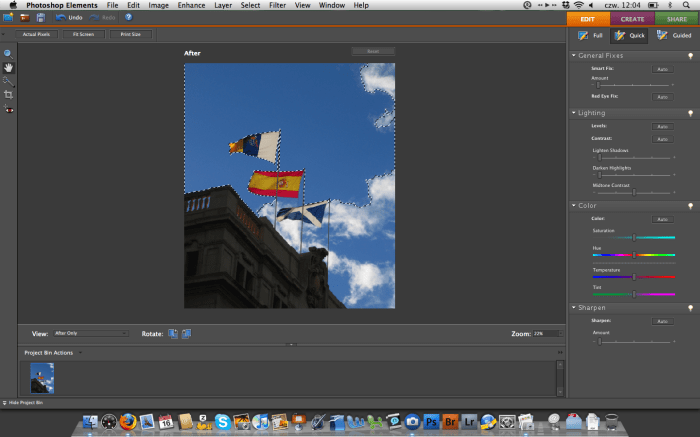

If the entire sequence is taken at a certain stop increment, you can choose one of the Scale columns store values in terms of their linear scale multiplier. Stops" is the exposure difference in stops relative to the previous image. Stops" for example, is the exposure of each image in absolute stops. You can enter the data in four different formats, corresponding to the four different columns. Now you need to enter an exposure for each image in the sequence. The default values have been obtained through experience in our experimentations and should be adequate for most purposes. Also note that the 'Usable pixel range' values specify the range of pixel values that are considered in all calculations involved inĭeriving curves. Of samples that will allow curves to be computed and the right position represents as many of the 256 values that exist - this value affects the speed and accuracy Subsample of the possible 256 values is selected based on where the 'Sampling density' slider is positioned (where the left position is the minimum possible number

and computes the locations of as wide a sampling of the possible 0-255 pixel values in each channel in that image. Illumination (the 'best' image to sample from). The tool computes which of the images has an average closest to 50% Sorted automatically in order of increasing average brightness (displayed in the "sort" column). Set the 'Sampling density' slider and 'Usable pixel range' values (see below) and drag the images on to the window or use the 'Load Images' button. The "Select Calibration Image Sequence" dialog box will open: Once you have the images, start up the Curve Calibrator in HDR Shop, which is under the Create menu as "Calibrate Camera Curve". If you use a good exposure (that has both saturated regions, black regions,Īnd stuff in between), the calibration can work with as little as two images, but in most cases you probably want to get four or five images to get a good curve. The recovery tool works best with exposure differences of less than or equal to 1 stop,Īlthough it should also work for larger differences and even for non-uniform differences. Know the relative exposure differences between each image in the sequence. In order to recover a camera's response curve you need to have a sequence of images taken with the camera from a fixed viewpoint on a static scene, You also need to Requiring only that you specify the relative exposure differences between the images in the sequence. The camera curve calibration toolĪllows you to recover the camera response function that was applied from a sequence of images of a scene taken from a fixed viewpoint, When the LDR images are loaded in a typical image viewer it automatically appliesĪ fixed reverse response function (gamma correction) in order to make the values appear linear on whatever display is being used. The linear values are scaled in the camera according to some non-linear function.
Photoshop elements for mac spidermonkey how to#
Tutorials Getting Started - how to load, view, manipulate, and save an HDR image.Ī digital camera sensor typically has a near-linear response to light within its limits, but in an effort to make the images relate to photographic film images, If you or someone you know has written a plug-in that we should list here, please let us know. check out the tutorial section below to learn how. The HDR Shop plug-in architecture is designed to make it easy to write your own plug-in.

This plugin implements a popular tone-mapping algorithm for converting HDR to LDR, implemented by Greg Zuro and made available through Greg Downing. One such implementation is available as part of Francesco Banterle's Banty's Toolkit beta 1.1. The idea is relatively easy to understand and implement. Median-Cut Algorithm for Light Probe Sampling:Īn alternative algorithm for light probe sampling based on median-cut.It outputs the lights in a veriety of formats, including Maya, Houdini, and Radiance. LightGen using clustering to generate a list of directional light sources that approximate the lighting from a lightprobe image.


 0 kommentar(er)
0 kommentar(er)
